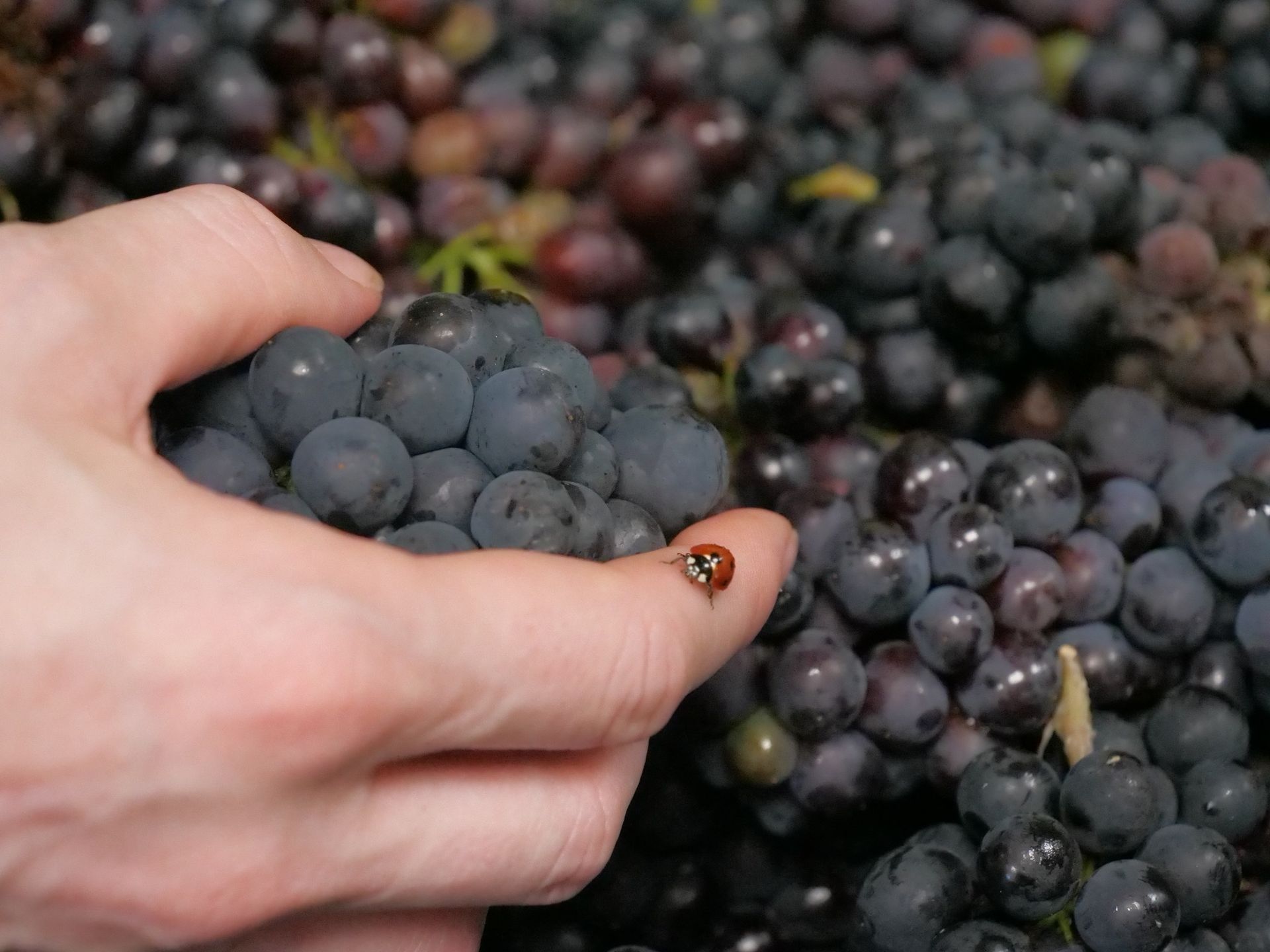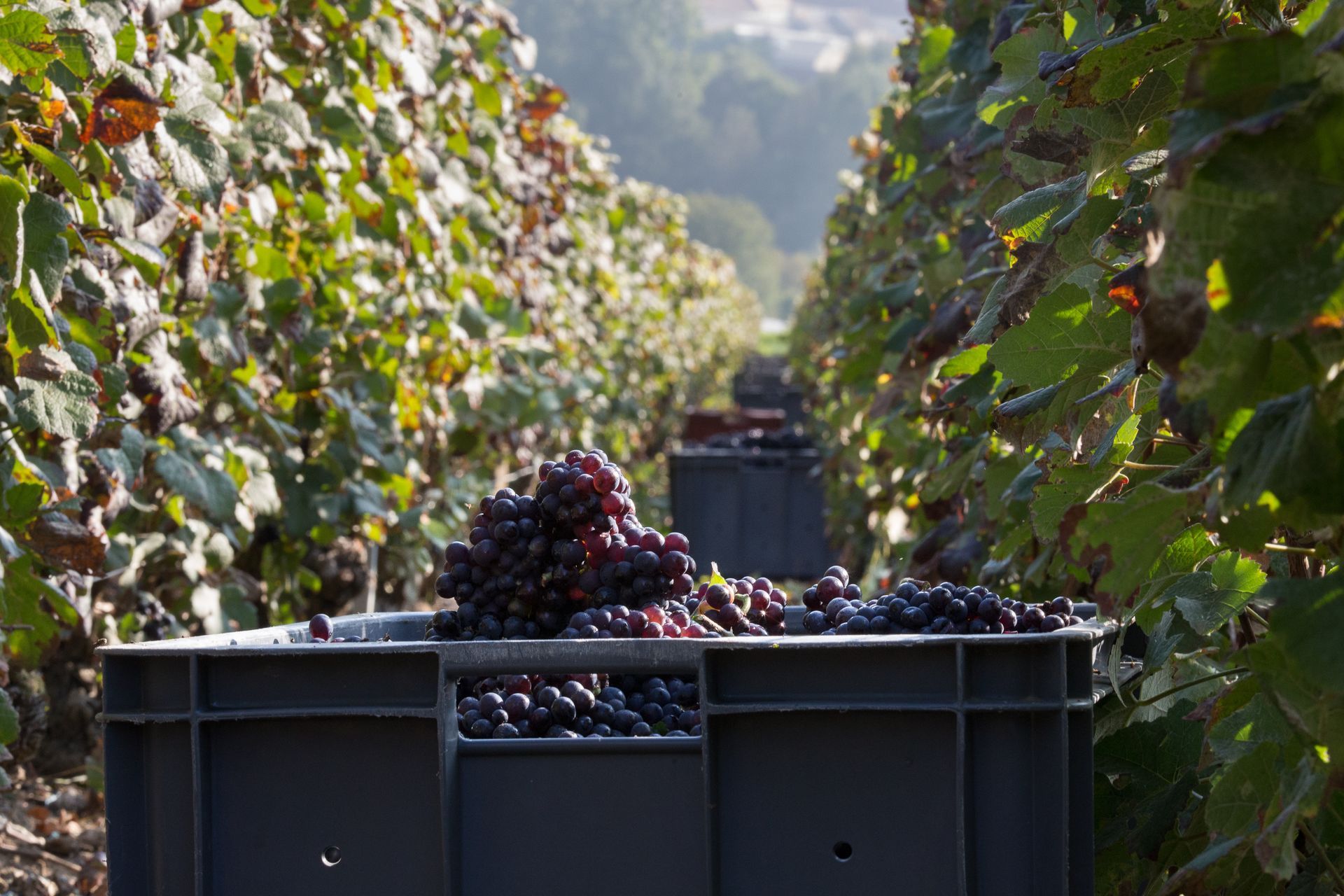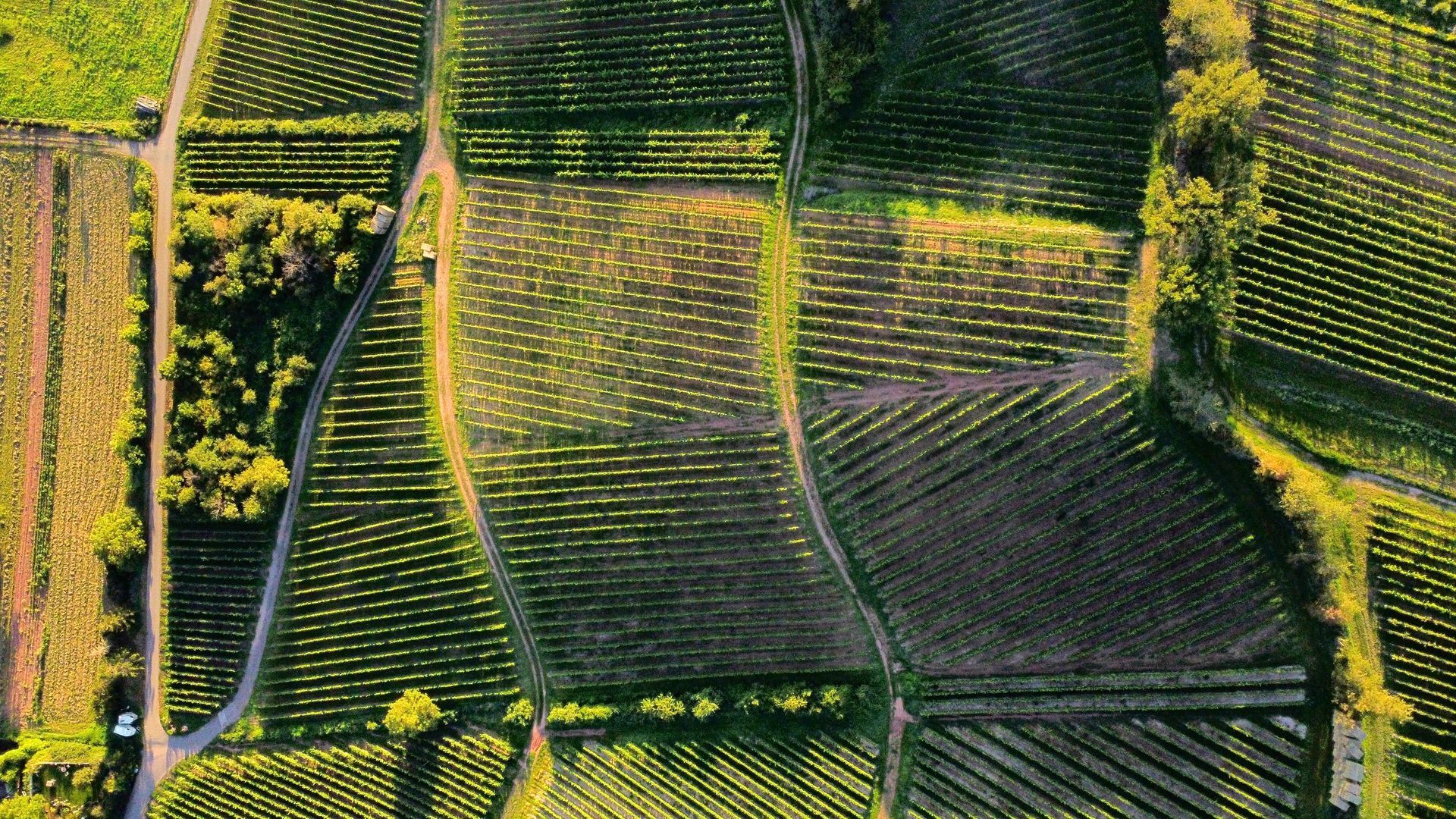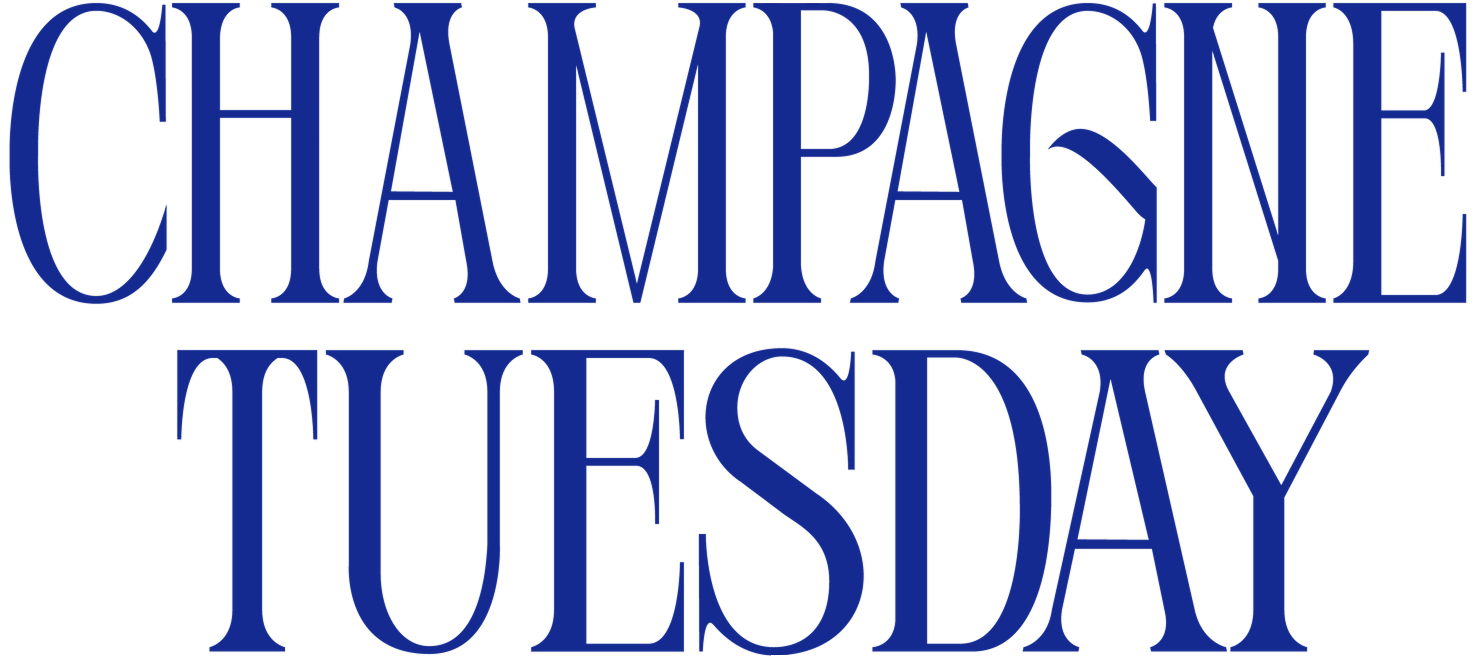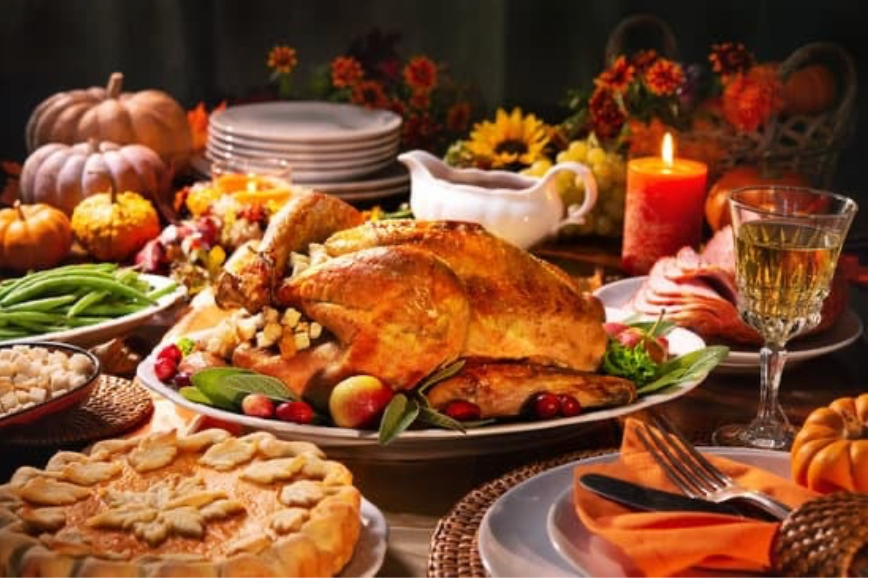Big vs. Small: Why Grower Champagne Tastes Different
Most people don’t realize this, but not all champagne is made the same way—or by the same kind of people.
Walk into almost any wine store, and you’ll see the big names: Veuve Clicquot, Moët & Chandon, Dom Pérignon. They’re familiar. Often beautifully packaged. And widely available. These are the large houses, officially known as Négociant Manipulant, or NM.
Then there’s a quieter category of producers—growers who farm their own grapes and make the wine themselves. These bottles often have names you’ve never heard of. Maybe a plain label. Maybe a hand-written vintage. These are Récoltant Manipulant, or RM. And in many cases, they’re joined by small Coopérative Manipulant producers—co-ops run by groups of growers who work collectively but still keep quality and identity front and center.
Together, these are the people crafting wine from their own land. They’re not chasing global brand recognition. They’re trying to express something real.
So what’s the difference?
Let’s start with scale.
NM producers source grapes from hundreds, sometimes thousands, of different vineyards across the Champagne region. They buy fruit. They blend across villages. And they make wine in quantities that can reach into the tens of millions of bottles per year. Think of it like a luxury factory. Efficient. Engineered for consistency. Moët makes more bottles in a single year than all RM producers combined.
RM and small CM producers operate on a whole different level. They farm the grapes. They know the vines. They make the wine themselves, or work with neighbors who do. It’s hands-on, deeply personal, and often passed down through generations. Some produce just a few thousand bottles a year.
That alone doesn’t make the wine better or worse. But it does make it different.
Here’s what changes:
1. Expression of Place
Grower champagne reflects the soil, the slope, the weather of a specific vineyard—or a handful of them. You can taste the place. Terroir matters. With the large houses, terroir gets smoothed out by blending. The goal is to make a consistent flavor year after year, no matter the weather.
2. Innovation and Risk
Smaller producers can take chances. They don’t answer to shareholders. They’re not chasing global brand alignment. You’ll find things like single-vineyard bottlings, low- or no-dosage styles, organic farming, even amphora aging. They’re not all hits, which is why we are out in the fields doing the research, but they’re rarely boring.
3. Craftsmanship
This is where it gets personal. When you meet a grower, or someone from a small co-op, you’re often meeting the person who pruned the vine and pressed the juice. When you buy a bottle, you’re supporting a small family farm. Not a multinational conglomerate.
4. Flavor
Grower champagne can be wilder. More textural. Sometimes more mineral. Sometimes more funky. Sometimes more profound. It doesn’t always taste like “classic” champagne, but that’s the point. It’s not supposed to.
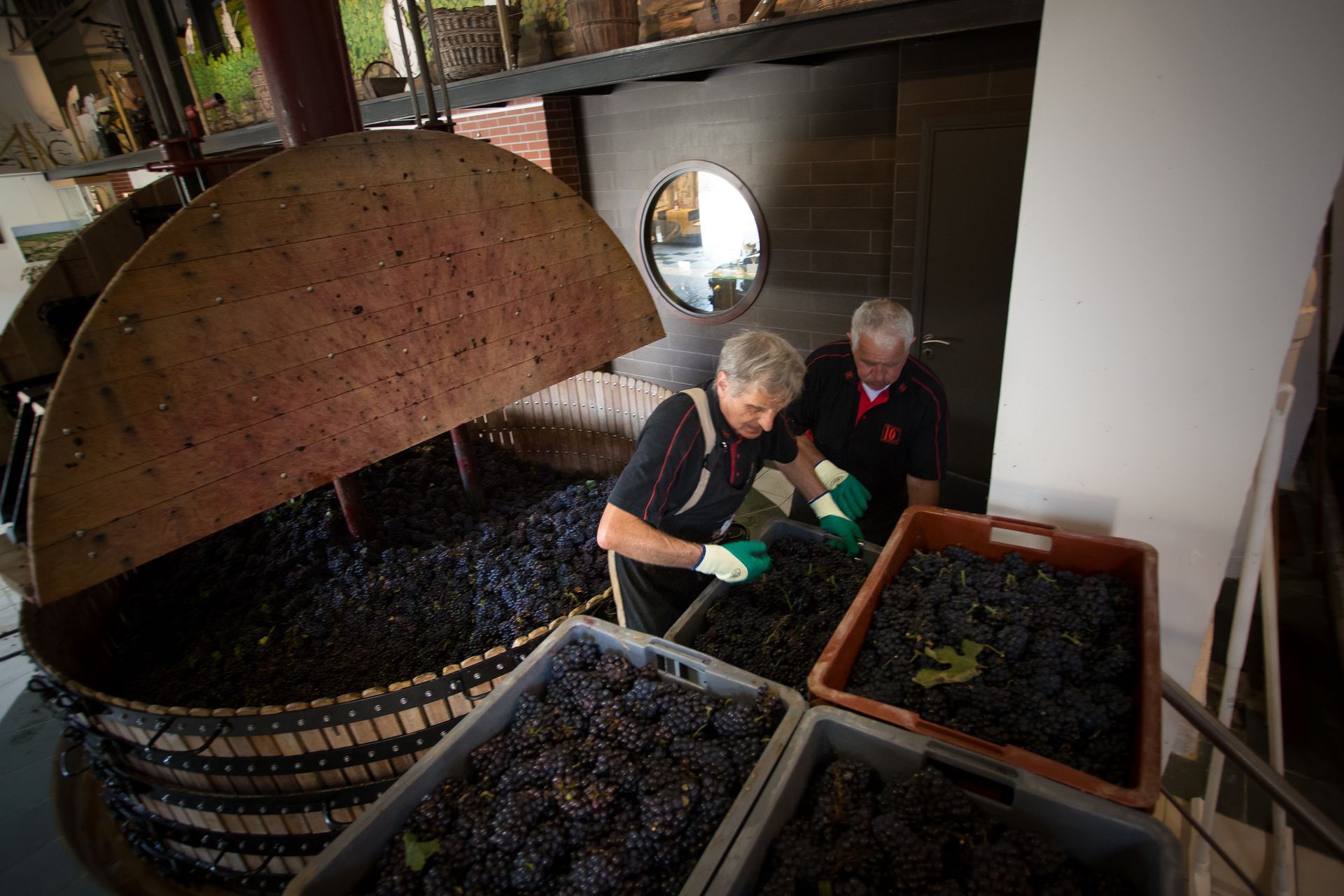
Now, let’s be clear: there’s nothing wrong with the big brands. They introduced the world to champagne. They built the reputation. Many produce high-quality wines, especially in their top cuvées. And consistency has value. There’s comfort in knowing what you’ll get.
But if you’ve only ever tasted the big names, you haven’t really seen what champagne can be.
Grower champagne, and the best of the small co-ops, is the insider’s secret. The winemaker’s champagne. The bottle you open when you want to discover something new, or when you just want something that feels more connected to the land, the people, and the season.
At Champagne Tuesday, that’s what we focus on. Not because it’s trendy. But because it’s real. You can taste the craft behind the bottle.
So next time you’re browsing the champagne aisle, look for the tiny letters on the label: RM, or sometimes CM. It’s a quiet little code that tells you a lot.
And if you’re not sure where to start, that’s what we’re here for. Pops has some favorites to share.
— Pops

